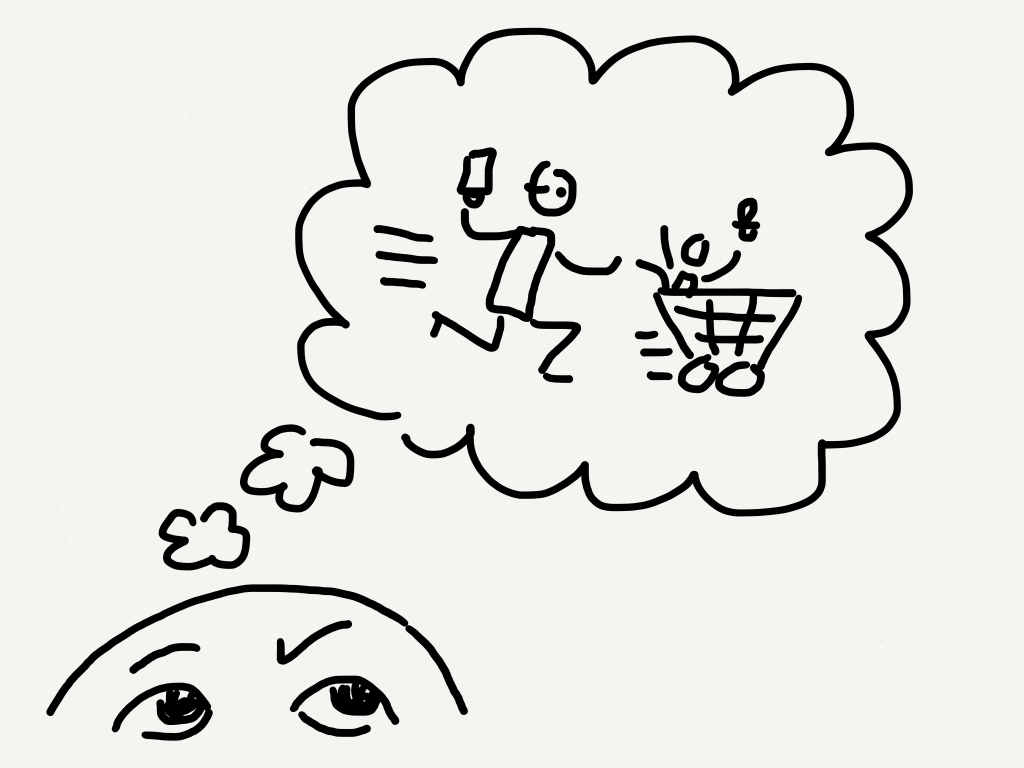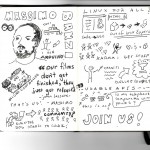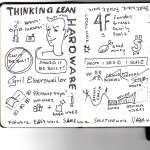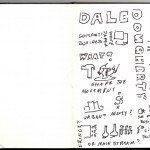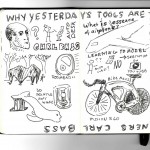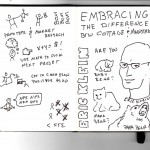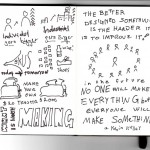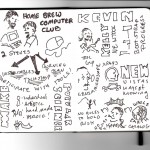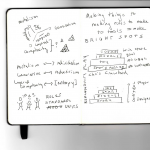A few months back, I started a journey. As a painter, I was confident in my ability to draw. Yet I struggled with rendering diagrams. That journey is documented in my article, How to Make a Concept Model. But as well as learning how to make the diagram, I also had to train my hands to do what I was asking of them. And that’s when I realized the difference between making art and making these drawings: my hands obeyed my eyes, but not my mind’s eye.
I had to retrain my brain to think in pictures, and then I could render those pictures. Let me explain:
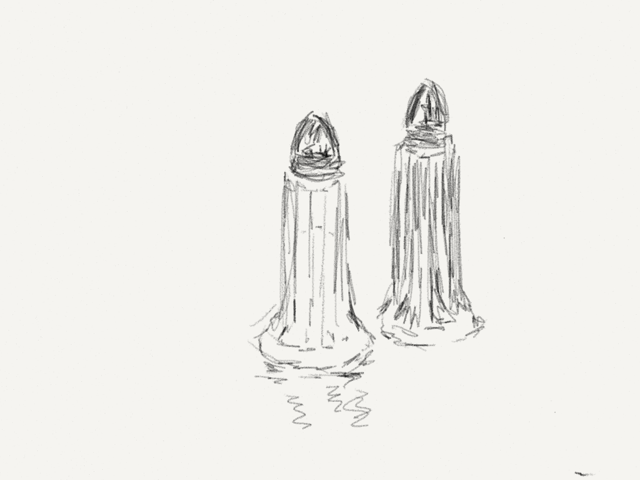 To draw these shakers realisticly, I had to turn off my brain’s noise. I had to NOT think, “what does a salt-shaker look like?” and instead see the objects as they truly are.
To draw these shakers realisticly, I had to turn off my brain’s noise. I had to NOT think, “what does a salt-shaker look like?” and instead see the objects as they truly are.
“At least part, and perhaps much of what we see is changed, interpreted, or conceptualized in ways that depend on a person’s training, mind-set, and past experiences. We tend to see what we expect to see or what we decide we have seen” — Betty Edwards, Drawing on the Right Side of the Brain
Once I saw the forms and the shapes, I can silence the brain’s chattering “it’s round! draw a circle! Pepper is black!”
In that meditative silence, my hand follows my eyes, finding the edges and light.
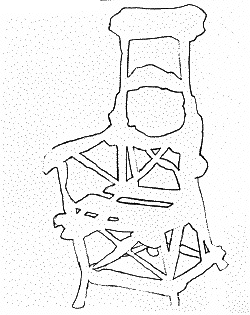
Fans of Drawing on the Right Side of the Brain know what I’m talking about. The book is full of exercises that remove your idea of a thing to learning how to truly see a thing. You draw a photo upside down and draw the spaces between objects instead of the object.
To draw to communicate ideas –concept models to whiteboarding to sketchnoting– you have to do the opposite. You have to see an idea in your head and then draw the idea. Not the reality.
This is a significant mental shift from how I had learned to draw. It was triggered by something Dave Grey said in a class he gave on visual thinking in Dubai: If you can picture it, you can draw it.
Now I visualize, then draw.
Mentally, this is like speaking English your whole life then learning Japanese. Luckily, it is way easier and way faster than Japanese (on a good day, I can count to ten…)
The one resource that helped me the most was Dave Grey’s Visual Thinking School. You could do worse things with your time than to set aside a couple hours to go through it.
Preferably with the right equipment

A great exercise to practice drawing the interior of your brain is the Graphic Jam, on the invaluable site Gamestorming.
Here is a short video on how to draw abstract concepts…
I read a few books as well

The Doodle Revolution: Unlock the Power to Think Differently By far the best book for giving you a visual language to express your thoughts. Everyone who has to communicate should own this. Which means everyone.
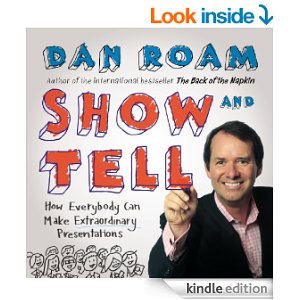
Show and Tell: How Everybody Can Make Extraordinary Presentations I KNOW I’m supposed to list The Back of the Napkin: Solving Problems and Selling Ideas with Pictures
but I found Show and Tell simpler and easier to focus on communicating visually. FWIW, I read this and Blah Blah Blah: What To Do When Words Don’t Work
and you might wish to also. He’s clearly good at this, and I’m about to go through the substantial Napkin Academy, because if a thing is worth doing, it’s worth becoming disturbingly obsessed with.
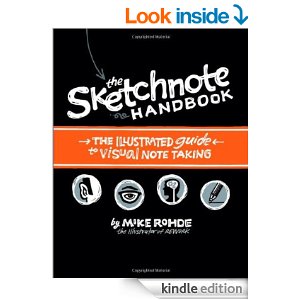
The Sketchnote Handbook: The Illustrated Guide to Visual Note Taking
This last one I had had lying around for ages. I had read it and watched the video and I thought, this is insane. Who does this? I can never do this… my brain does not work this way.
I was wrong. Recently, at MakerCon, I sketchnoted several sessions. So: you can too.
Learn to draw type!
